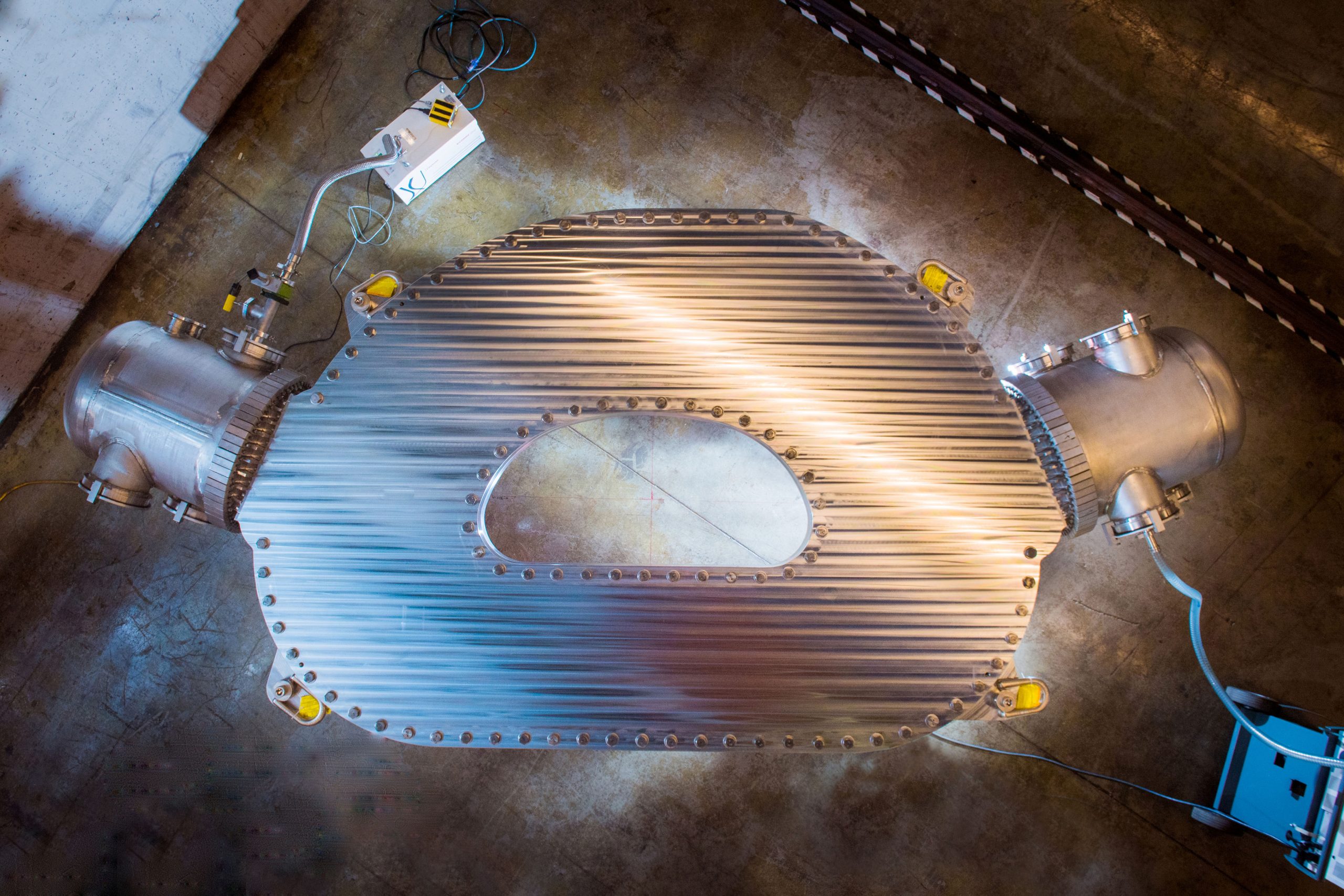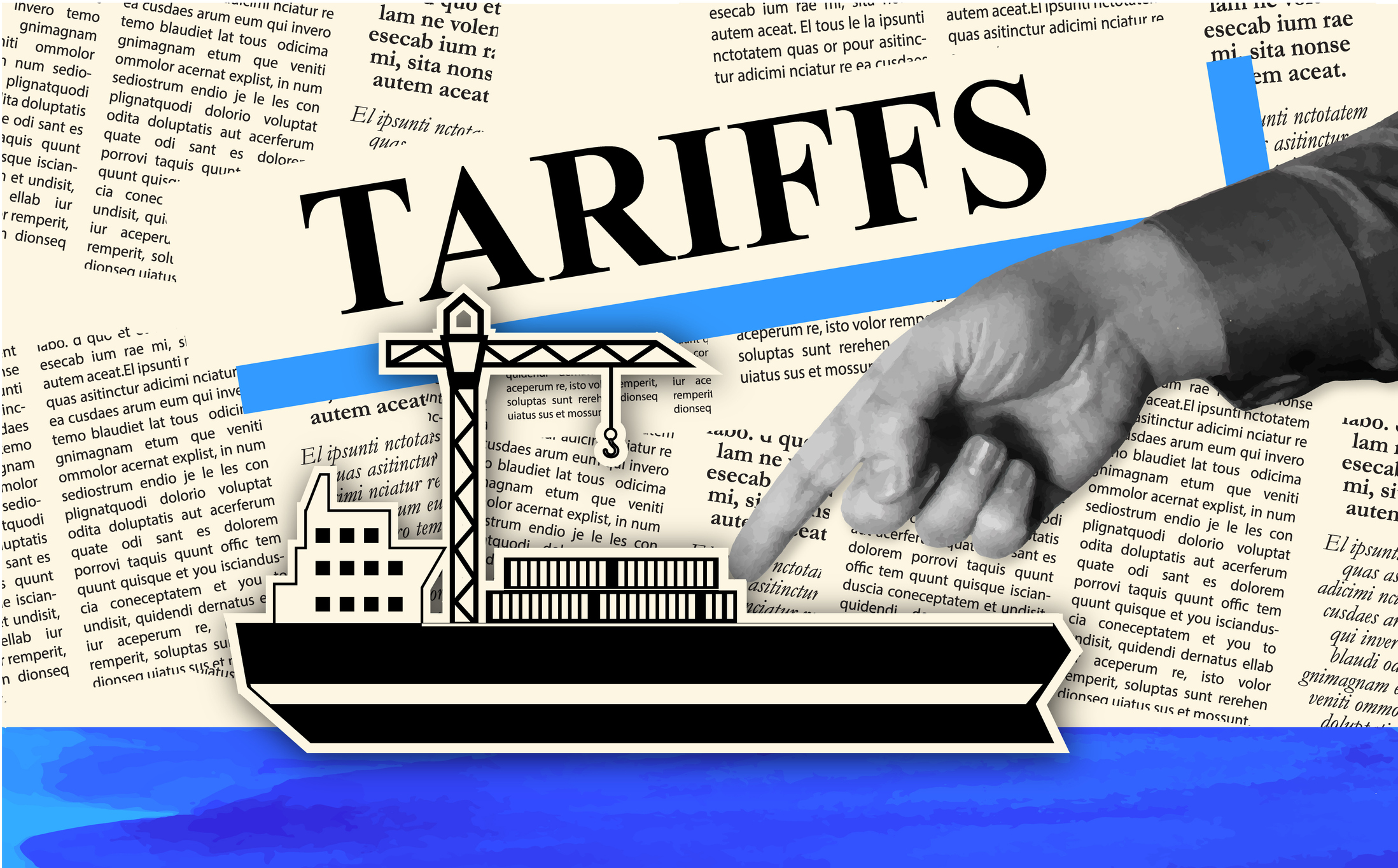In the evolving chessboard of global trade, a quiet but powerful realignment is underway. For decades, Eurasian commerce has flowed through two dominant arteries: the Russian-controlled Northern Corridor and maritime shipping routes via the Suez Canal. But in 2025, amid geopolitical upheaval, economic sanctions, and maritime insecurity. It’s a new path is emerging—one that may redefine the future of connectivity between East and West. Explore how Kazakhstan’s development of the Middle Corridor bypasses Russia, reshaping Eurasian trade. Learn why India is investing in this alternative route, unlocking new supply chain resilience in 2025.
Enter the Middle Corridor, formally known as the Trans-Caspian International Transport Route (TITR). Running from China through Kazakhstan, across the Caspian Sea, and into the South Caucasus before reaching Turkey and Europe, the Middle Corridor bypasses Russia entirely. It’s not just a trade route—it’s a strategic alternative, a statement of sovereignty, and a play for resilience in an unstable world.
This alternative is gaining the attention of key global players, particularly India, which sees the corridor as a way to diversify its trade pathways and reduce reliance on China-backed infrastructure. At the heart of this transformation is Kazakhstan—a country that, through ambitious infrastructure investment and geopolitical balancing, is positioning itself as the linchpin of 21st-century Eurasian trade.
Kazakhstan’s Pivotal Role: A Crossroads of Ambition
Kazakhstan’s geographical location has always made it a gateway between Asia and Europe. But what sets it apart in 2025 is its political will and economic focus on turning that geography into logistical advantage. In just the past year, Kazakhstan has seen freight volumes surge through its territory by over 60%, reaching approximately 4.5 million tonnes, including more than 56,000 TEUs.
To support this growth, the country is undergoing a massive infrastructure overhaul:
- Modernizing over 13,000 kilometers of roads and 6,100 kilometers of railways.
- Constructing a second track from Dostyk to Moyynty, bypassing congestion-prone legacy lines.
- Building new container terminals in Aktau and Almaty to increase port capacity.
- Digitizing customs systems to create a seamless multimodal shipping experience.
Kazakhstan’s leadership, particularly President Kassym-Jomart Tokayev, has publicly committed to doubling cargo throughput via the Middle Corridor by 2027. This includes investments in port facilities on the Caspian Sea, integration with Baku’s Alat Port, and enhanced rail links with Azerbaijan and Georgia.
Why Bypass Russia?
There are several reasons why countries are choosing to reorient trade routes around, rather than through, Russia:
- Sanctions and Legal Uncertainty: Western sanctions against Russia have made the Northern Corridor legally and politically risky for companies seeking to comply with global trade norms.
- Geopolitical Tensions: The war in Ukraine and Russia’s growing isolation from global markets make overland routes through Russian territory volatile and unpredictable.
- Reputational Risk: Companies and governments alike are keen to avoid the negative optics of reliance on an aggressor nation.
By contrast, the Middle Corridor represents a geopolitically neutral path—one that aligns with the strategic interests of countries like Turkey, India, and EU member states.
The India Factor: Strategic Autonomy and Eurasian Trade Outreach
India’s interest in the Middle Corridor is both economic and strategic. As a nation seeking greater autonomy from Chinese influence, India is actively exploring new pathways to Europe and Central Asia. While not yet a direct user of the corridor, India has:
- Joined the Ashgabat Agreement, a multimodal transport pact aimed at improving trade with Central Asia and beyond.
- Engaged in diplomatic outreach with Kazakhstan, Azerbaijan, and Georgia to explore future linkages.
- Invested in port infrastructure and logistics partnerships that could be integrated with Middle Corridor extensions.
India also views the corridor as a key alternative to the China-backed Belt and Road Initiative, in which it has declined to participate due to sovereignty concerns over Pakistan-occupied Kashmir. By investing in the Middle Corridor, India not only diversifies its trade but also strengthens relationships with like-minded countries seeking multipolar, rules-based trade alternatives.
Opportunities and Obstacles: Can the Corridor Scale?
Despite its promise, the Middle Corridor faces several real-world challenges:
- Capacity Constraints: Limited ferry infrastructure on the Caspian and bottlenecks in port and rail capacity hamper growth.
- Cost and Time: Transport costs remain higher than those on maritime routes. Transit time can still take 30–40 days due to multimodal handoffs and inconsistent customs procedures.
- Regulatory Hurdles: Harmonization of tariffs, customs inspections, and digital documentation across five or more jurisdictions remains a work in progress.
To address these issues, Kazakhstan and its neighbors are pushing for:
- Unified digital customs platforms.
- Joint investment in multimodal terminals.
- Bilateral and trilateral freight agreements with simplified procedures.
The EU’s Global Gateway initiative and multilateral organizations like the Asian Development Bank have stepped in to provide technical and financial support, helping to make the corridor not just viable, but competitive.
Supply Chain Resilience and Regional Power Balance
In an era of climate disruptions, pandemics, and political instability, supply chain resilience is no longer a luxury—it’s a necessity. The Middle Corridor offers a hedge against these risks by:
- Providing an overland alternative to sea routes vulnerable to blockages like the Red Sea or Suez Canal.
- Serving as a non-aligned, diversified route that minimizes exposure to any single country’s geopolitical agenda.
- Promoting regional cooperation among Central Asia, the Caucasus, and South Asia—reducing dependency on great-power logistics platforms.
The corridor is also fostering deeper cooperation among emerging economies. Turkey, Georgia, Azerbaijan, and Kazakhstan are aligning interests through forums, trade agreements, and joint infrastructure investments. India, by positioning itself within this group, is poised to benefit from faster, more secure access to European and Eurasian markets.
A Real-World Example: Kazakhstan’s Investment in Aktau and Beyond
Consider the city of Aktau, Kazakhstan’s western port on the Caspian Sea. Once a modest shipping hub, it’s now at the center of a $500 million expansion project that includes:
- A new container terminal capable of handling 240,000 TEUs per year.
- Upgraded rail access to China and the Caspian.
- Digitized cargo tracking integrated with Georgia’s Alat Port.
These upgrades are not just local—they’re part of a regional transformation. Together with new rail links to Turkmenistan and Iran, and road upgrades reaching into Kyrgyzstan and Uzbekistan, Kazakhstan is becoming a logistics engine for Central Asia.
Looking Ahead: The Next Decade of the Middle Corridor
Forecasts from the World Bank and Eurasian Development Bank suggest that cargo volumes along the Middle Corridor could triple by 2030. With sustained investment, digital transformation, and political alignment, the corridor could handle up to 11 million tonnes of cargo annually, shifting up to 30% of the trade volume now funneled through Russia.
This would have profound implications:
- Reducing transportation risks for European manufacturers and retailers.
- Creating export opportunities for Indian, Kazakh, and Azerbaijani SMEs.
- Enhancing energy and technology cooperation between Central Asia and the rest of the world.
Conclusion
Kazakhstan’s central role in the Middle Corridor is more than just logistical—it’s emblematic of a deeper shift toward decentralized, transparent, and inclusive global trade. As India and other nations explore this corridor, the vision of a multipolar trading system becomes not only possible but practical.
Strategic leader Mattias Knutsson aptly put it: “In a world of shifting alliances and fragile links, the Middle Corridor isn’t just a detour—it’s a destination. It’s where trust, resilience, and strategy converge.”
Kazakhstan is proving that by investing in infrastructure, diplomacy, and innovation, even a landlocked country can become a global trade powerhouse. And as more nations follow suit—whether for strategic autonomy, sustainability, or economic gain—the Middle Corridor will no longer be an alternative. It will be essential.
And perhaps that’s the most important takeaway of all: that geography is destiny—but infrastructure is freedom.
More related posts:





